-
- USA/Canada 1-800-285-2726
- Australia (02) 8006 4411
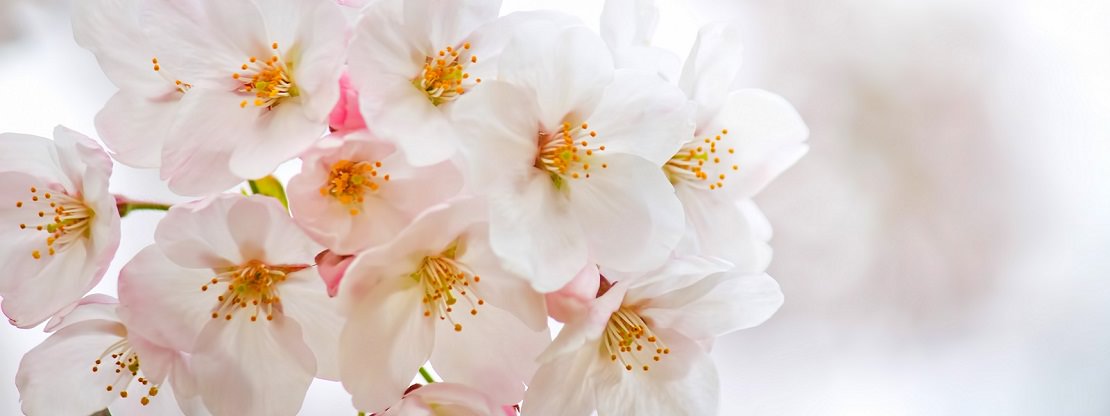
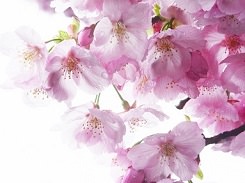
For nearly every Japan traveler dreaming of spring, the first question is always the same: “When will the cherry blossoms bloom?” At Japan Deluxe Tours, we publish one of the most traveler-friendly Cherry Blossom Forecasts available—easy to read, updated frequently, and tailored to help guests plan Cherry Blossom Japan Tours with confidence.
Our forecast focuses on the cities and regions most visited during spring tours, including Tokyo, Kyoto, Osaka, Takayama, and Hiroshima. By tracking weather patterns, historical bloom data, and regional variances, our team creates a reliable guide for travelers planning their dream cherry blossom journey.
For full bloom predictions, maps, and travel tips, visit our forecast page: Japanese Cherry Blossom Forecast 2026
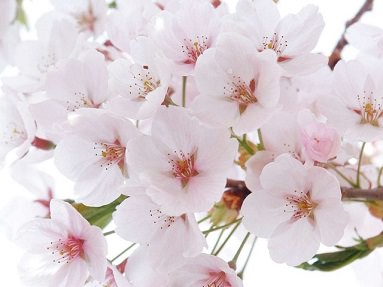
Most travelers picture the classic pale pink blossoms—but Japan is home to more than 100 sakura varieties, each with its own history, color, and bloom pattern. Here are a few iconic examples that shape Japan’s spring landscape:
• Somei-Yoshino: Japan’s most beloved variety, known for its soft blush color and elegant five petals. Tokyo and Kyoto are lined with them, creating sweeping “pink cloud” landscapes during peak bloom.
• Shidare-zakura (Weeping Cherry): With long cascading branches, these trees look like falling silk curtains. Kyoto’s Maruyama Park is home to one of Japan’s most famous specimens.
• Yae-zakura: Recognizable by their fuller, multi-layered petals and richer pink tones. They bloom later, extending sakura season into late spring.
Spotting these differences adds a layer of discovery to any Cherry Blossom Tour, transforming each stop into a botanical treasure hunt.
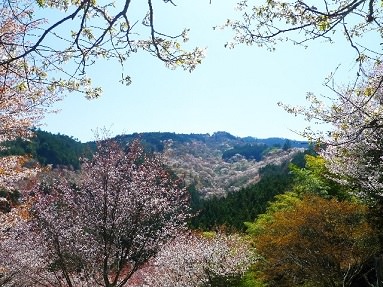
Cherry blossom viewing—hanami—dates back over 1,200 years to Japan’s Heian period. Originally reserved for the imperial court, the practice slowly spread across the country, becoming a symbol of community, beauty, and renewal.
The blossoms’ brief lifespan is central to their meaning. They bloom brilliantly, only to fall within a week—reminding people of the fleeting nature of life, a concept deeply intertwined with Japanese aesthetics. It is why hanami is not simply “flower viewing,” but a reflective, emotional celebration of spring.
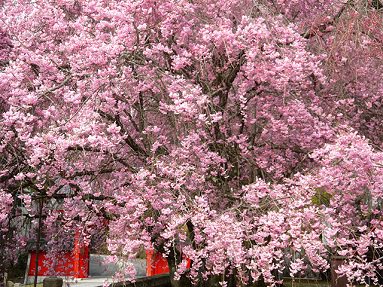
While travelers often admire cherry blossoms from famous viewpoints, locals embrace sakura with all five senses. The season brings limited-edition flavors, pink-themed sweets, traditional picnics beneath the trees, and nighttime illumination known as yozakura.
Families gather in parks with bento, friends meet along riversides for casual strolls, and older couples return to the same sakura tree they've visited for decades. Each person has their own “sakura ritual,” creating an intimate relationship between daily life and the blossoms.
Joining a guided experience—like our Cherry Blossom Group Tours or Private Custom Cherry Blossom Tours—lets travelers enjoy these traditions like a local.
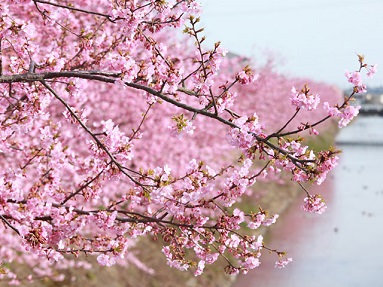
• Sakura was once used to predict harvests. In ancient Japan, the timing of cherry blossoms was believed to signal how healthy rice crops would be that year.
• Petals fall like snow—literally. In full bloom, wind creates “sakura snowstorms,” known as hanafubuki. Many travelers say this moment is even more beautiful than peak bloom itself.
• Some trees bloom at night. Not naturally—but with yozakura lighting, blossoms glow against the darkness, creating one of Japan’s most enchanting spring experiences.
• Japan preserved sakura as a national symbol. After periods of decline, local communities revived and replanted sakura trees, ensuring the tradition would continue for future generations.
If experiencing Japan’s cherry blossoms is on your travel list, spring is shaping up to be one of the most vibrant seasons in years. Early predictions show excellent conditions across Tokyo, Kyoto, Osaka, and northern regions—making it an ideal time for both first-time and returning visitors.
Explore our top cherry blossom experiences:
Cherry blossoms last only a short moment each year—but the memory stays forever. Let us help you experience Japan at its most magical.